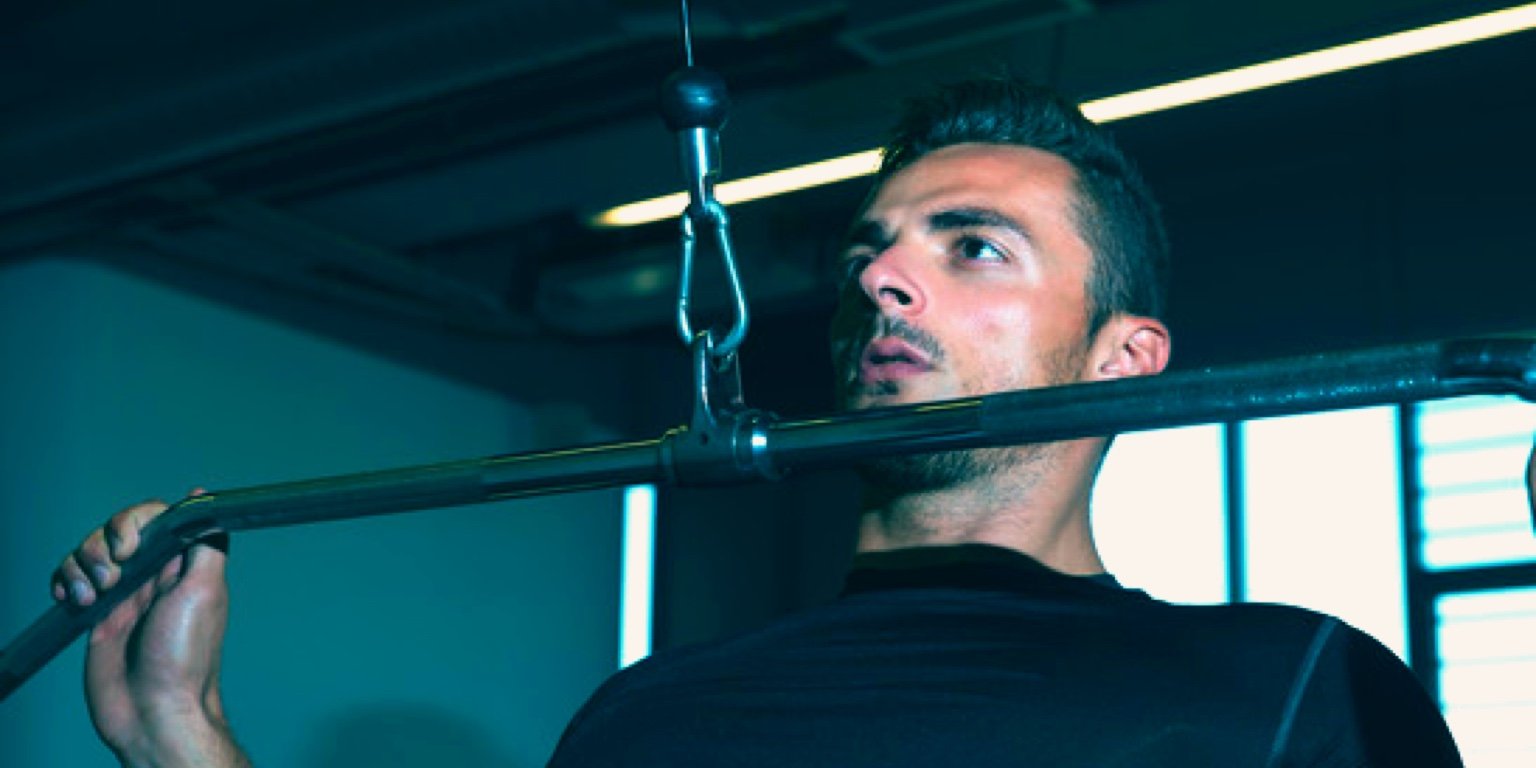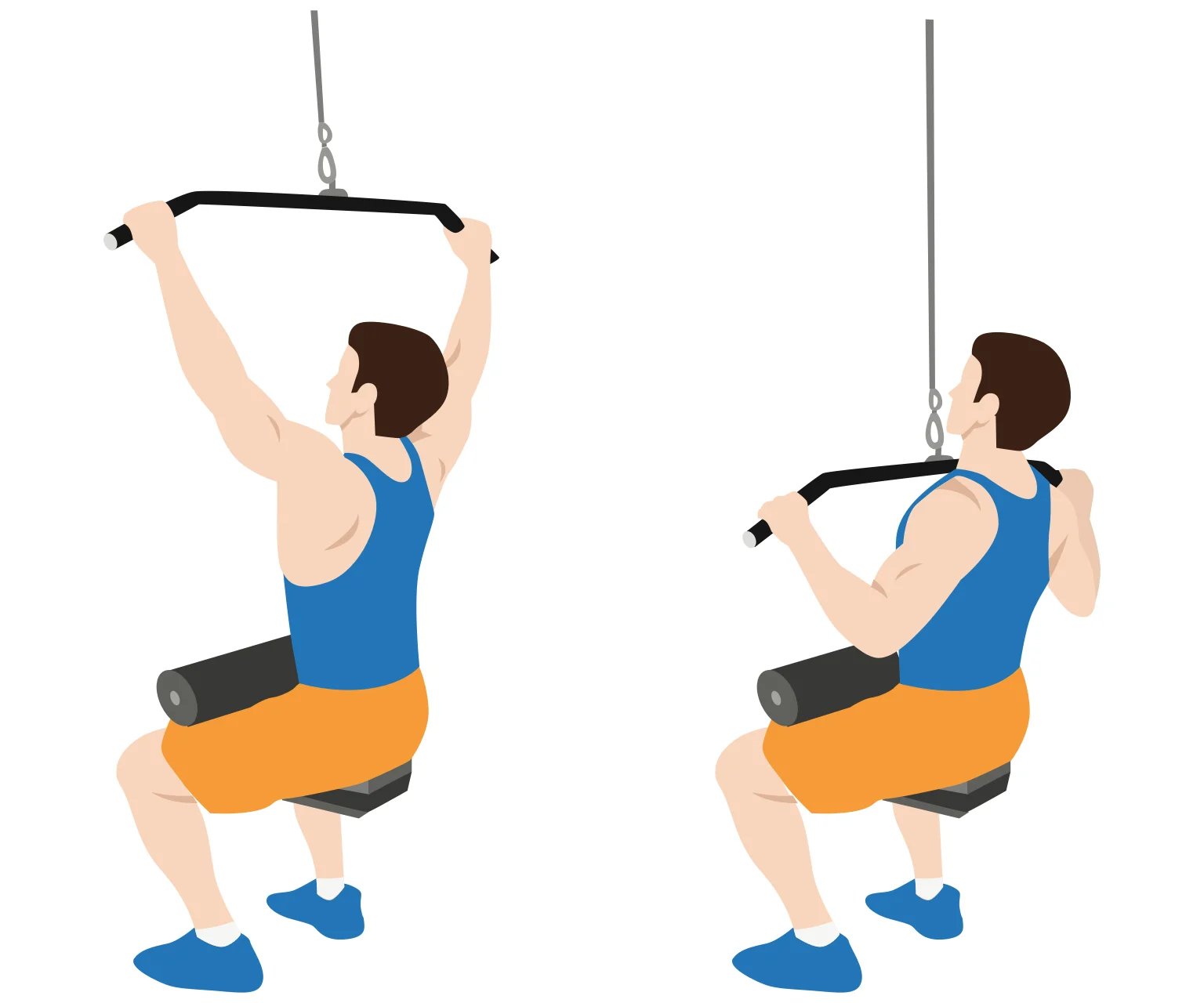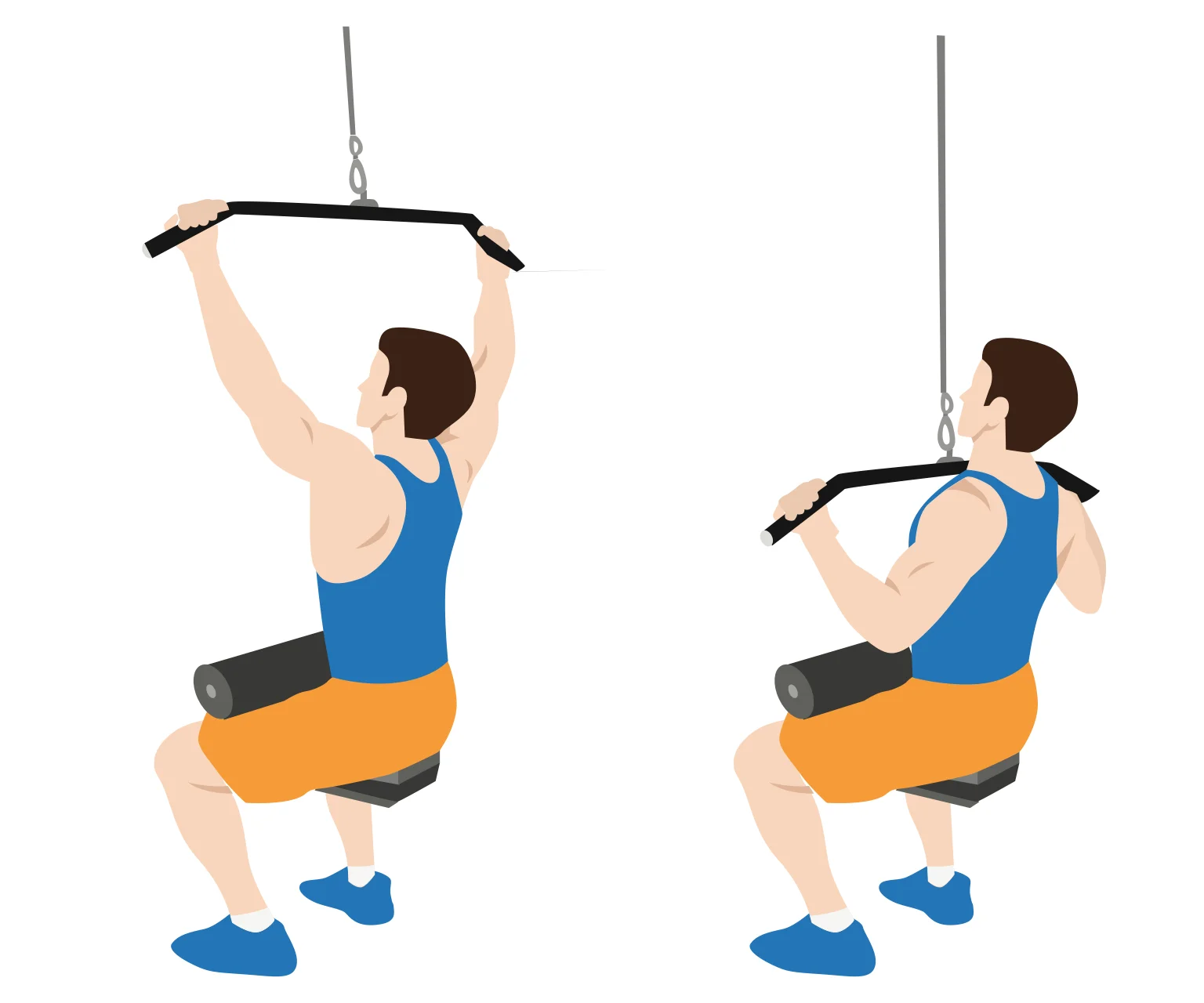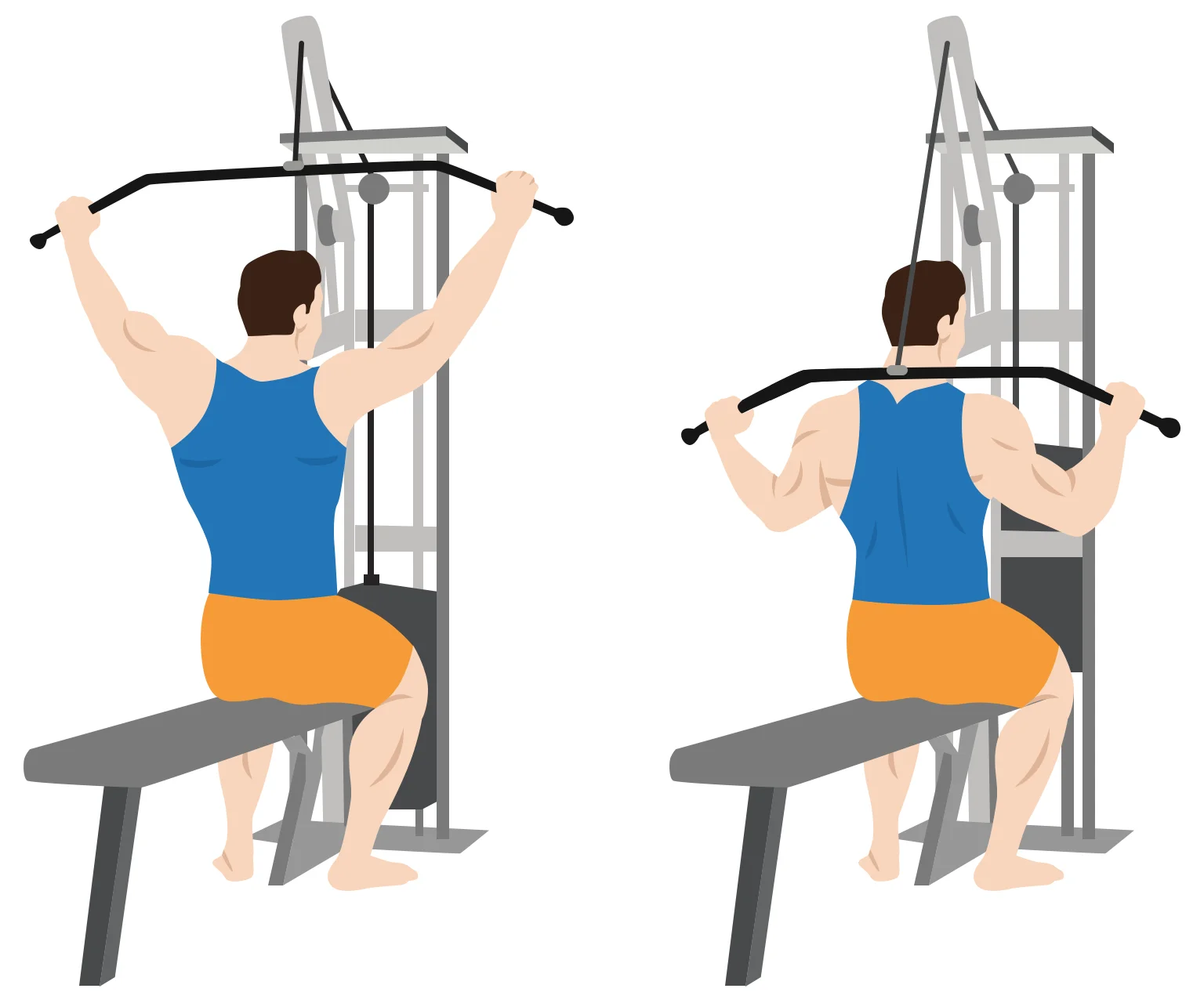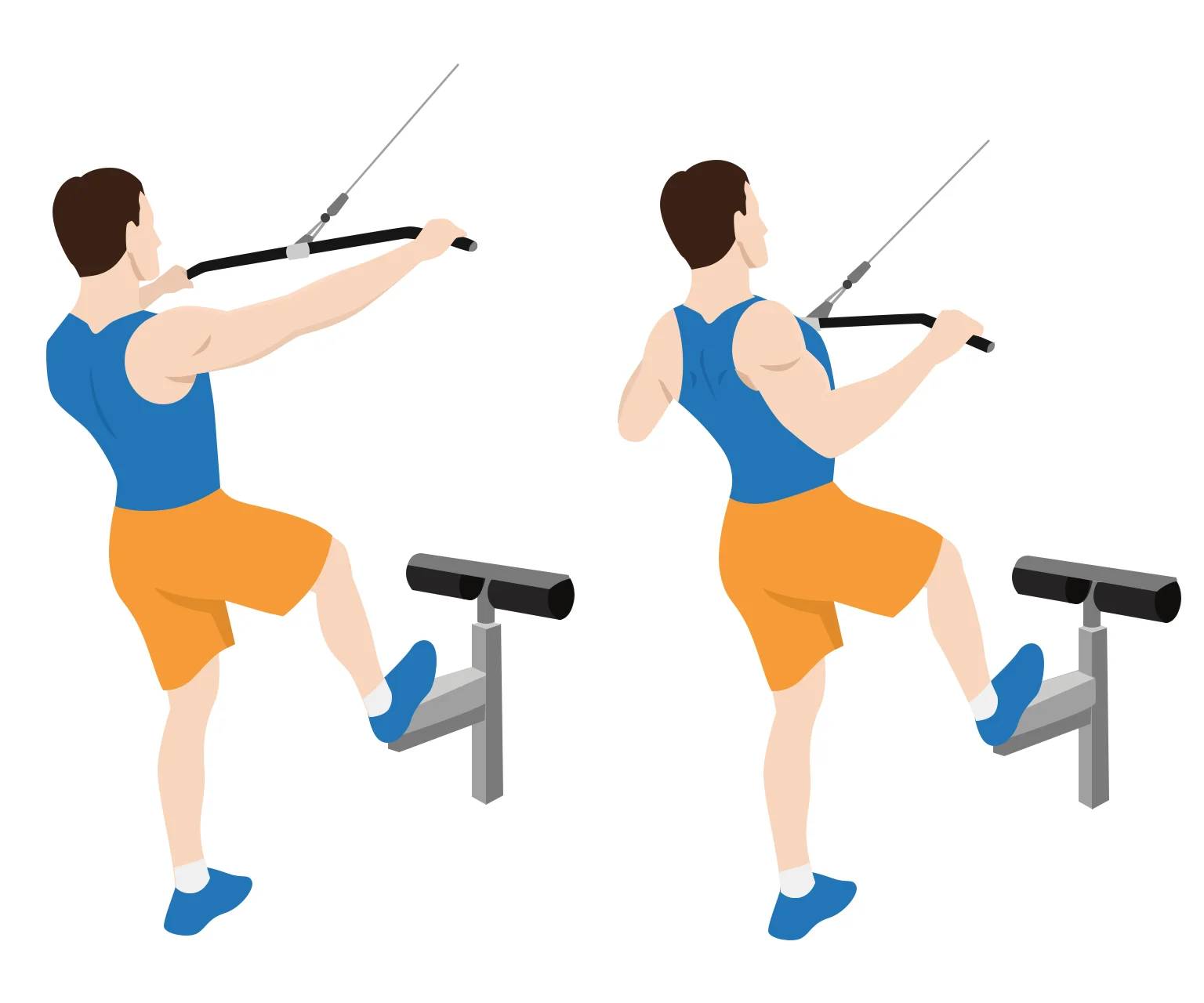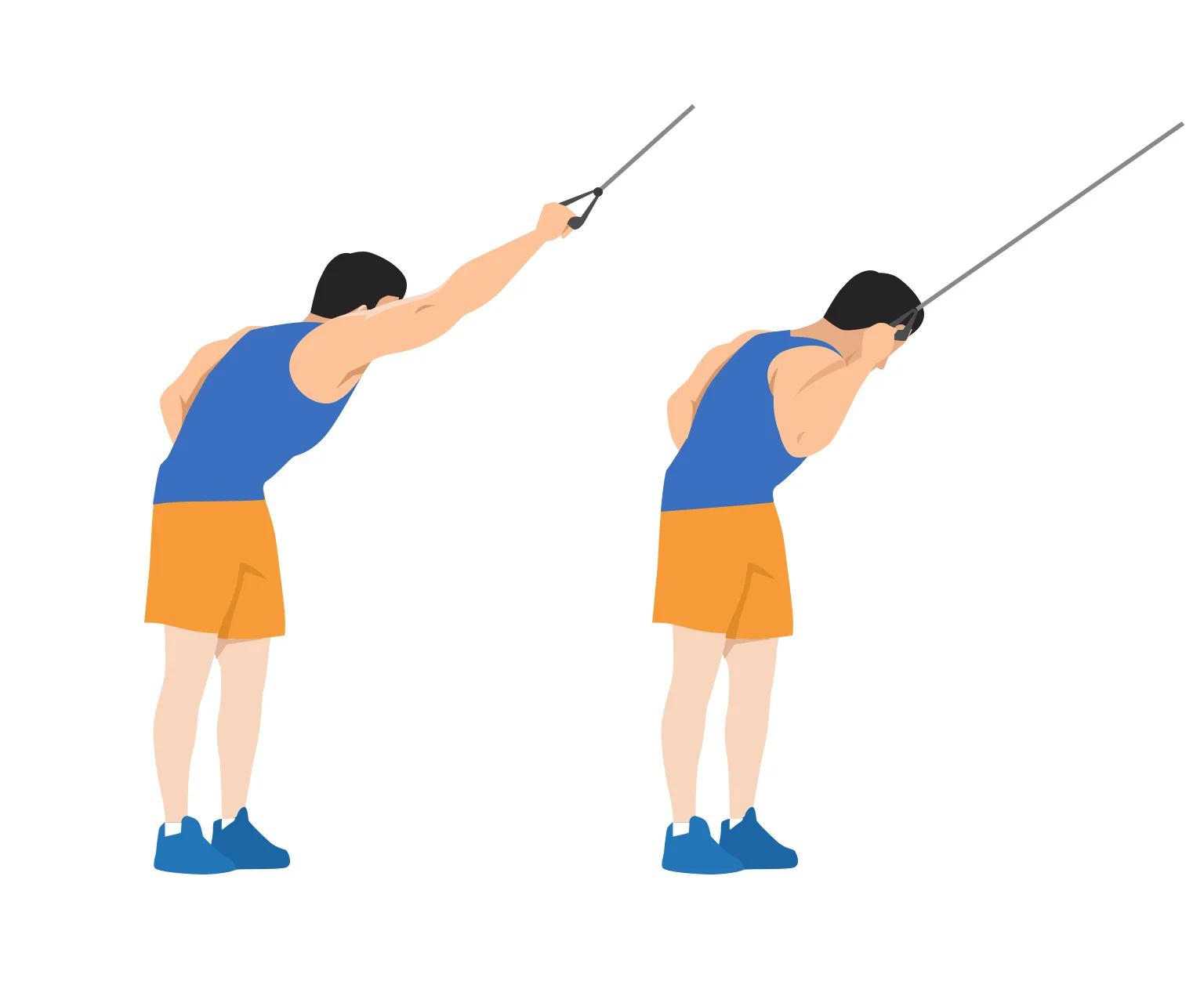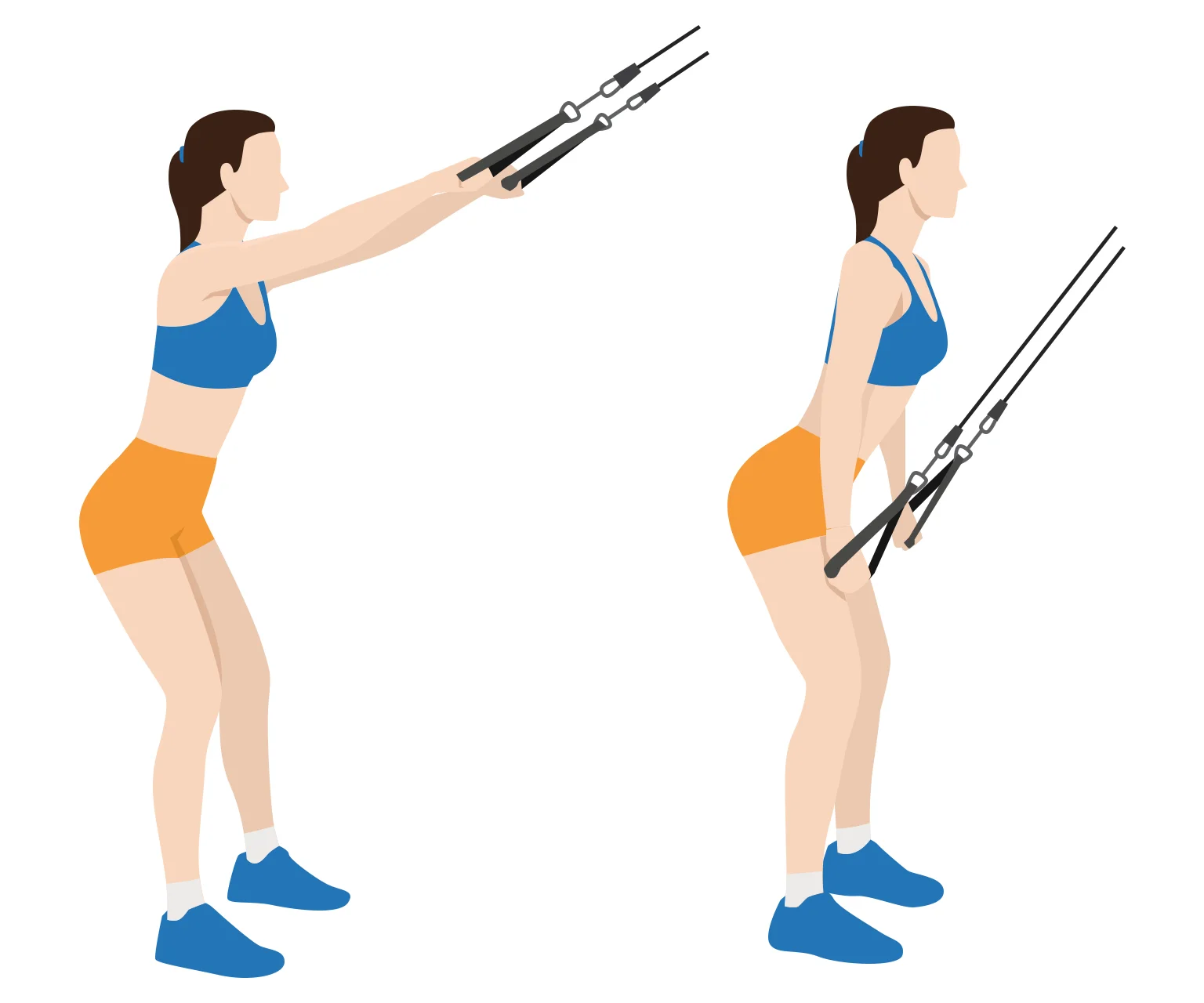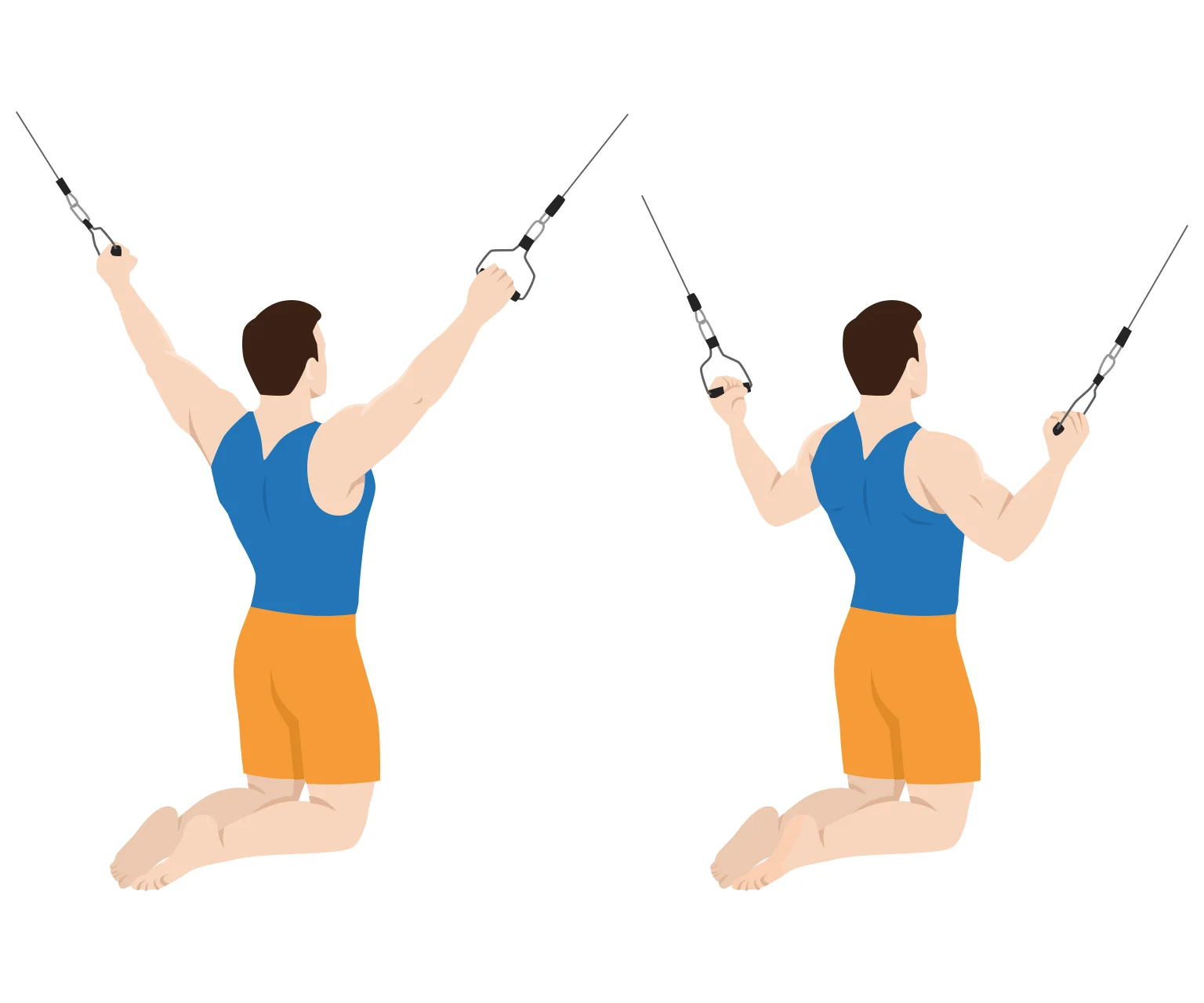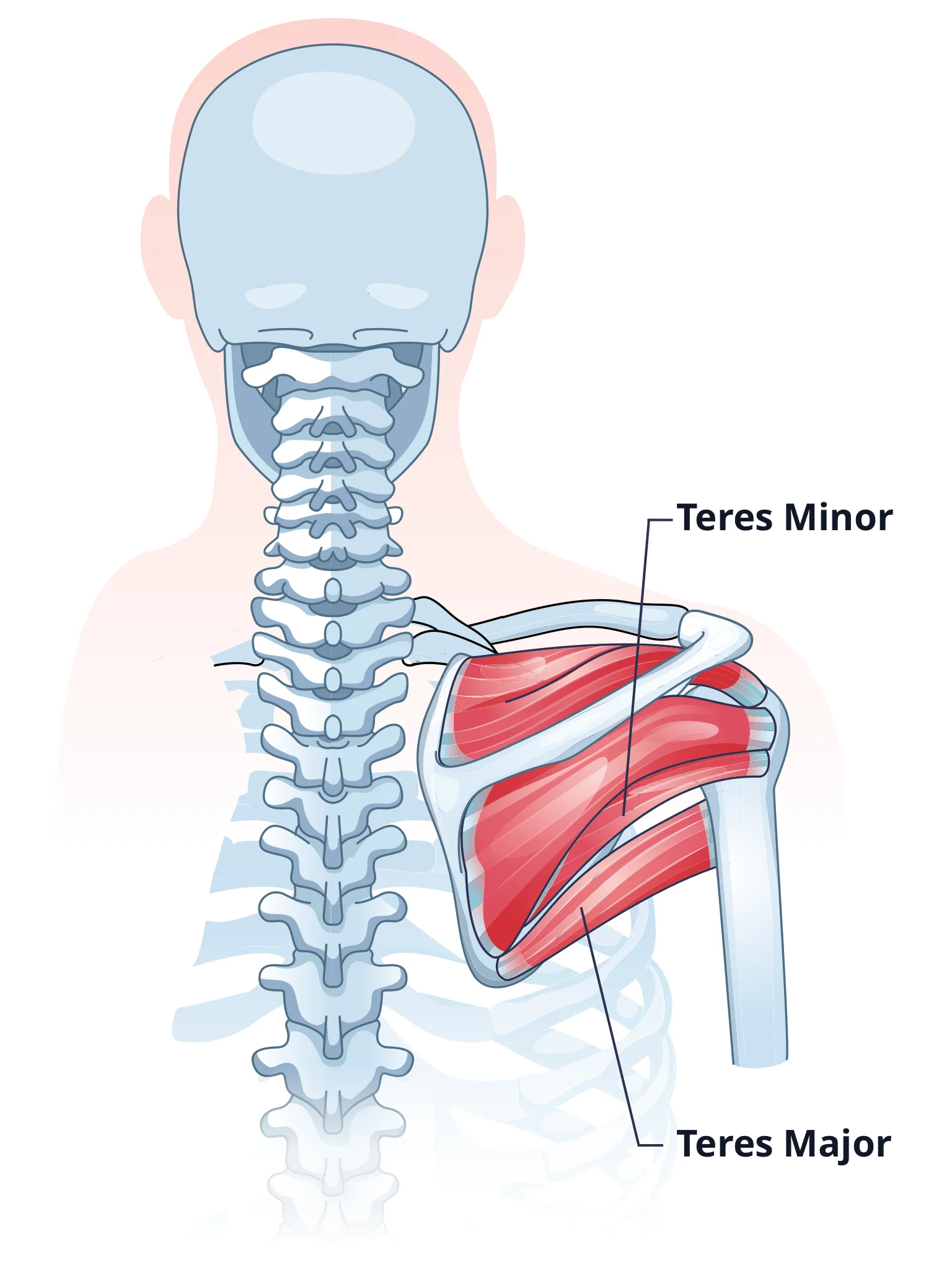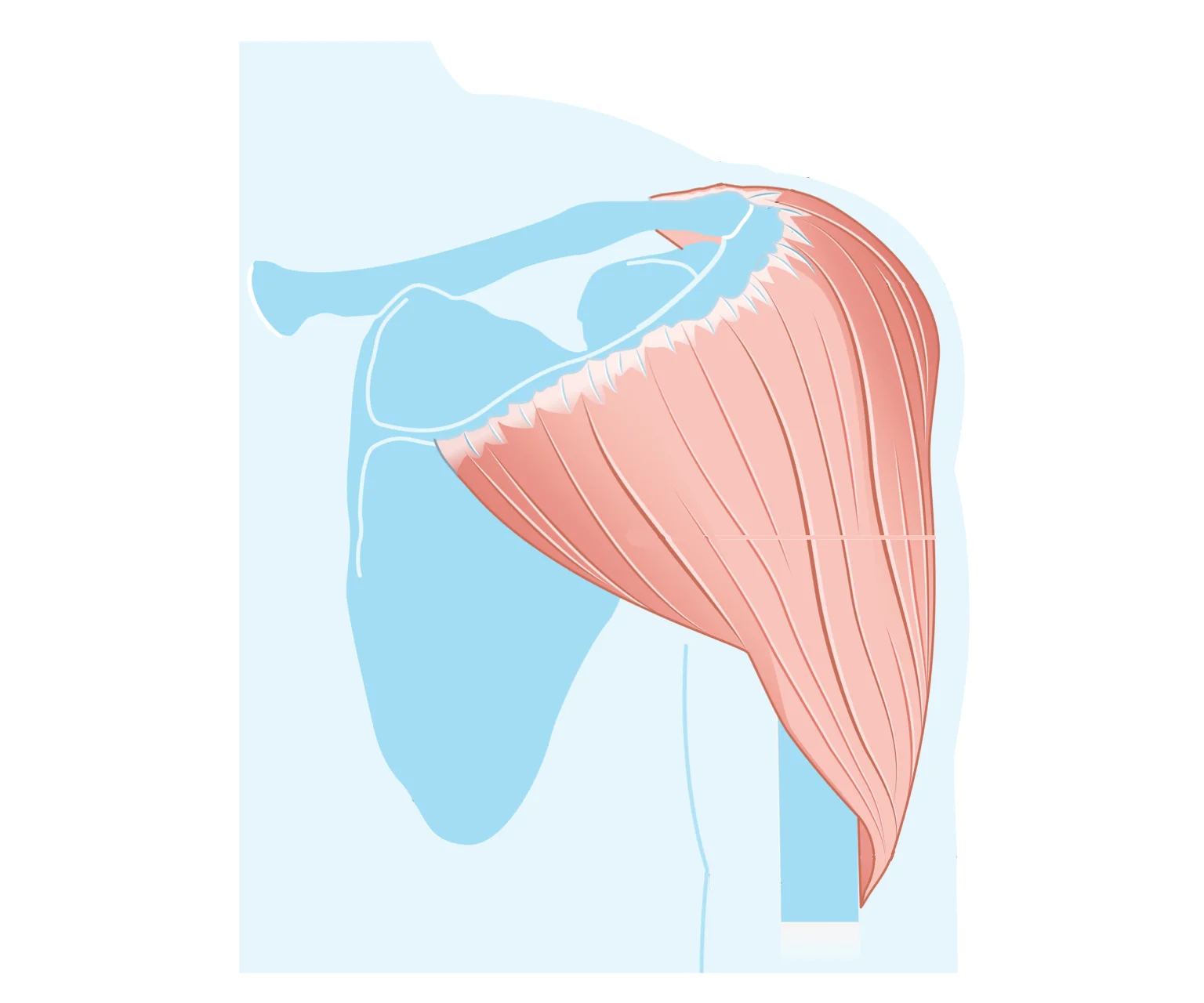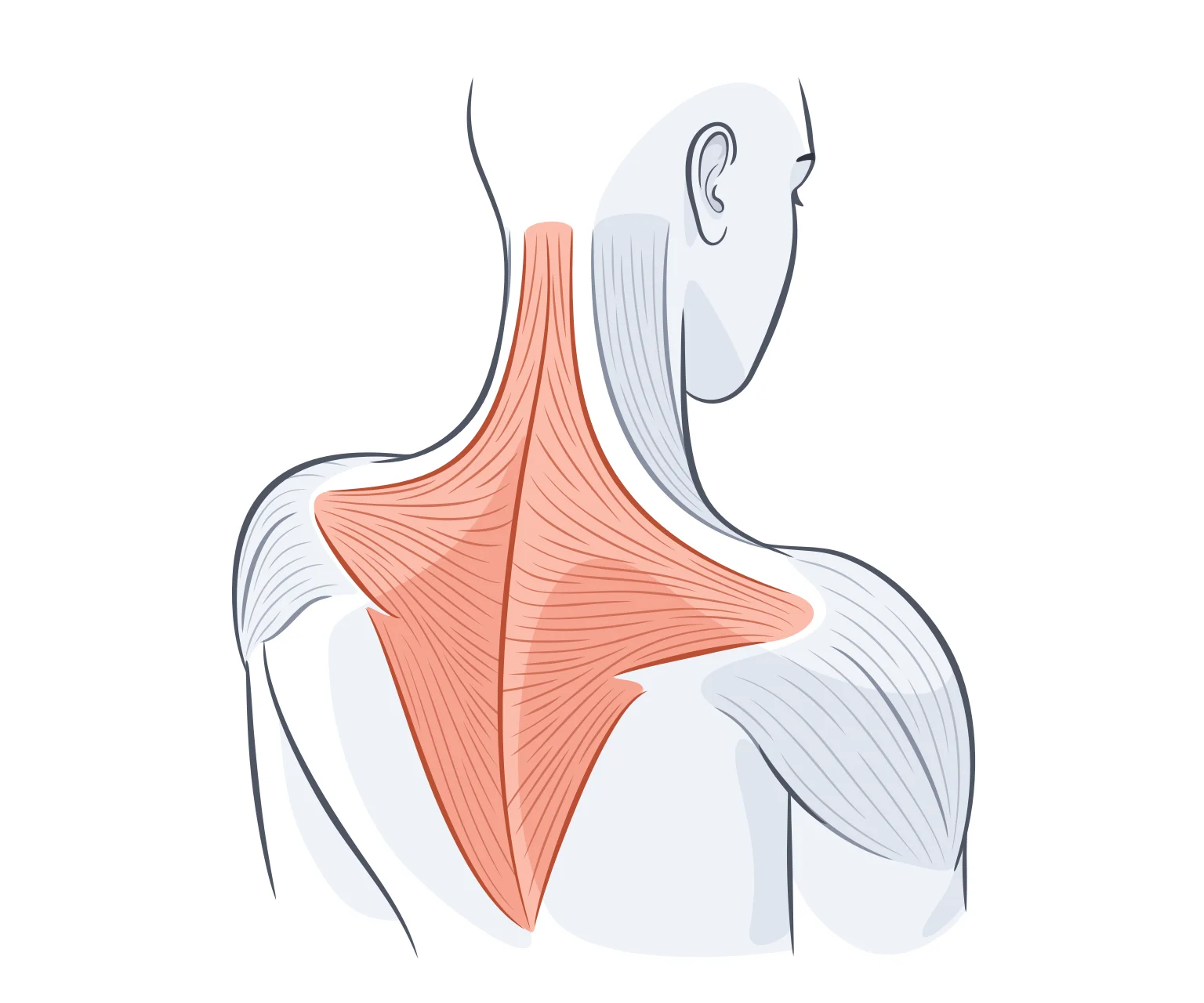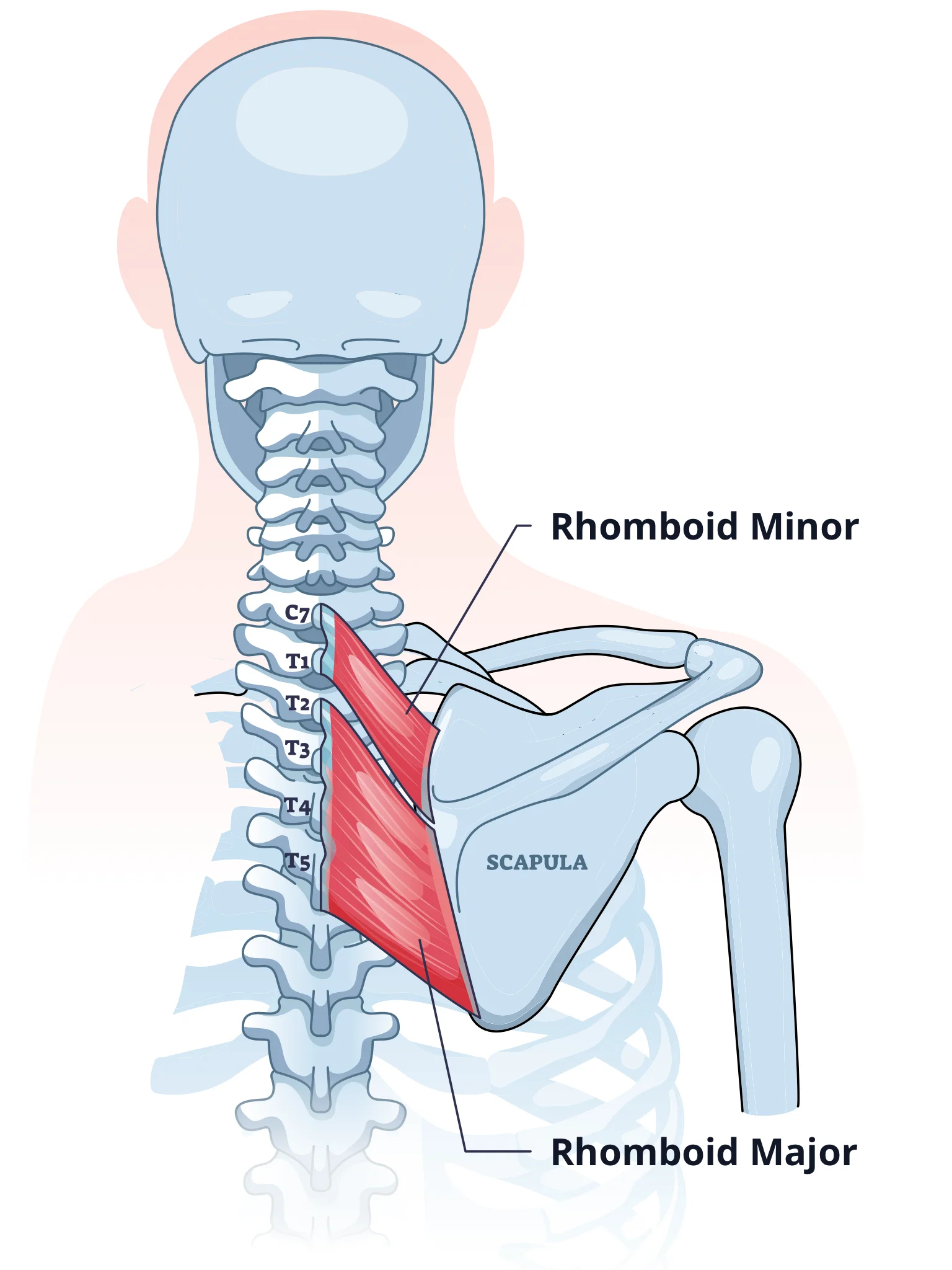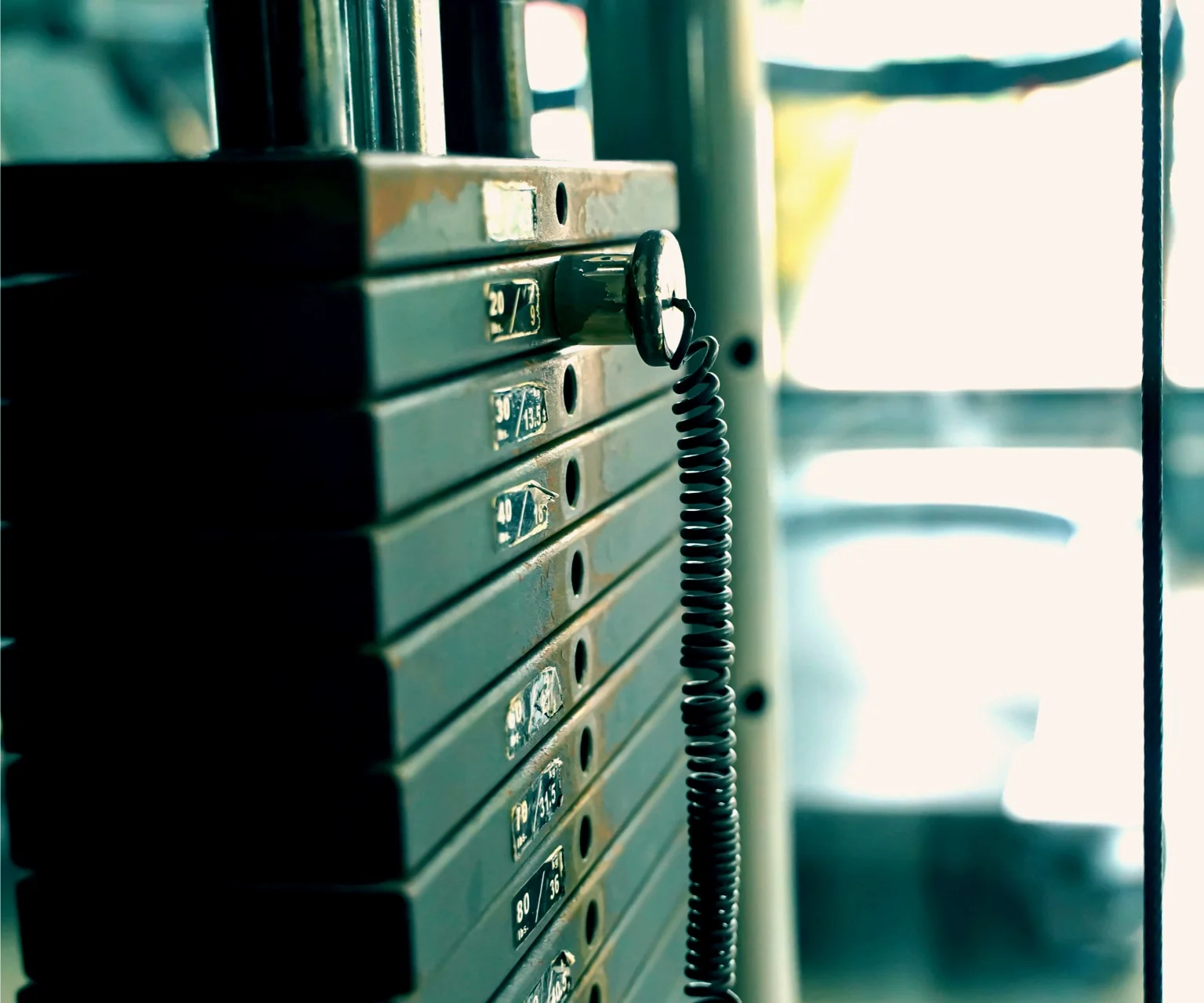Muscles
Tips
What is the lat pulldown?
The lat pulldown is a popular gym exercise performed on a cable machine. You pull down a bar or handle towards your body from an overhead position, typically while seated but some variations involved standing or kneeling. The lat pulldown primarily targets your latissimus dorsi (lats) muscle in your back.
Lat pulldowns vs other lat exercises
Your latissimus dorsi (lats) are large muscles that run along the sides of your middle-to-lower back. This is the largest muscle in your back and gives your back its distinctive V-shape.
There are a number of exercises that target your lats, including pull-ups, bent over rows and T-bar rows. But how do lat pulldowns compare to these exercises?
- Lat pulldown vs pull-ups - Both pull-ups and lat pulldowns are compound exercises, meaning they target multiple muscle groups at the same time. In both cases, the primary target of the exercise is your lats. Pull-ups require a certain amount of upper body strength that beginners may not have. They can also put a lot of stress on your shoulders and wrists. Lat pulldowns, on the other hand, are more suitable for beginners - you can easily adjust the weight on the lat pulldown machine. This allows for better control so you can focus on the proper form.
- Lat pulldown vs bent over rows - The bent over row also targets your back muscles, but there's less emphasis on your lats compared to lat pulldowns. You perform bent over rows by hinging at your waist in a standing position; then you pull a barbell up towards your chest. This pose can result in significant strain on your lower back, particularly if executed with poor form. Because lat pulldowns are a seated exercise, there's less strain on your back. This not only reduces the risk of injury, but it also isolates the target muscles more effectively.
- Lat pulldown vs T-bar rows - The T-bar row is another excellent exercise that works your lats, as well as your rhomboids and trapezius muscles. One downside is that T-bar rows require a good level of core stability and lower back strength to perform safely. This can make it a challenging exercise for beginners. Lat pulldowns are an alternative, benefiting from a more controlled movement, which reduces the risk of injury.
